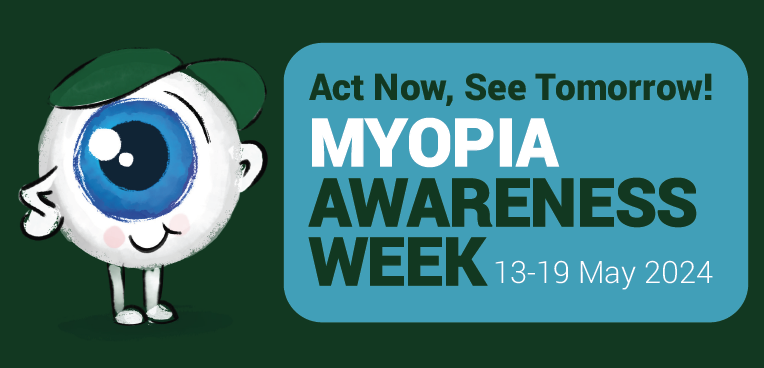Sydney, Australia, 14 March 2018: Single vision contact lenses with optical designs that aim to reduce inherent spherical aberrations (SAs) of the eye are not effective in improving visual performance according to a recent study published in the scientific journal Clinical Optometry.1
Researchers at Brien Holden Vision Institute suggest there is an assumption among manufacturers that reducing the inherent SA of the eye (or by inducing negative SA in single vision contact lenses) will improve vision. However, there are no known published studies that support this.
They randomly selected non-presbyopic adult myopes (aged 18-33 years), to wear either a lens with minimal or no spherical aberration, or a commercial lens designed with negative SA.
Visual acuity measures and binocular vision assessments were conducted and a questionnaire completed after the lenses were fitted. This includes responses on vision quality (clarity and lack of ghosting for distance, intermediate, near, and driving vision in day and night-time), vision stability, overall vision satisfaction, and ocular comfort using a numerical rating scale for each category. After five days of wear, the same tests were conducted and the survey repeated.
“We found that the introduction of negative SA into contact lenses did not produce appreciable visual performance gains in terms of visual acuity or subjective metrics,” said study co-author, Dr Cathleen Fedtke. “This is the first study to show that inducing negative SA, as done in many commercial single vision contact lenses, does not improve visual performance.”
Furthermore, the authors warn that power profiles of soft contact lenses with negative SA “can induce measurable changes in peripheral refraction (including relative peripheral hyperopia)”, and “this could have a negative consequence on the myopia progression.” Consequently, they suggest that, “given current clinical interest in the peripheral retina in relation to myopia, clinicians should be aware of the insignificant visual performance gains when fitting soft contact lenses of this design on young and progressing myopes.”
The study is an Open Access article published in Clinical Optometry.
1. Kho D, Fedtke C, Tilia D, Diec J, Sha J, Thomas V, Bakaraju RC, Effects of relative negative spherical aberration in single vision contact lens visual performance. Clinical Optometry, 2018:10 9–17.


